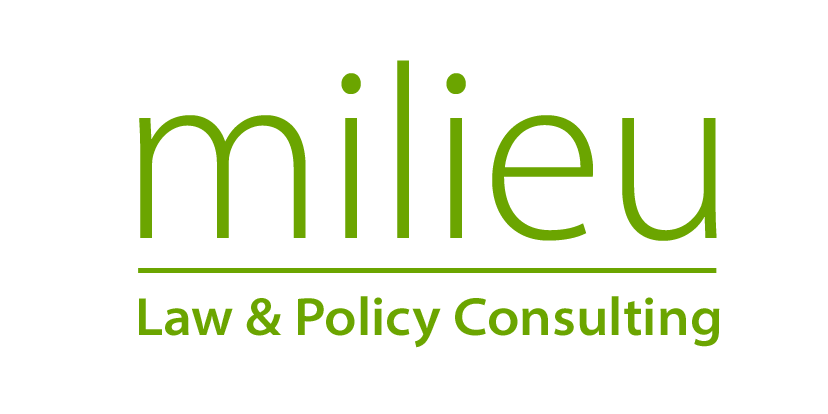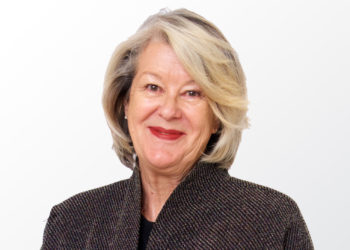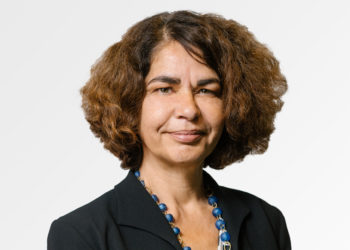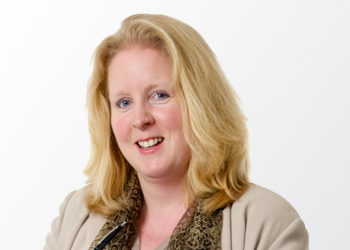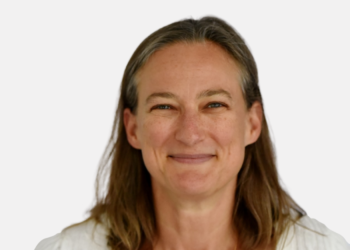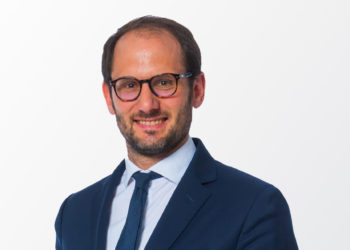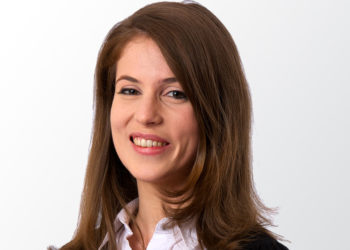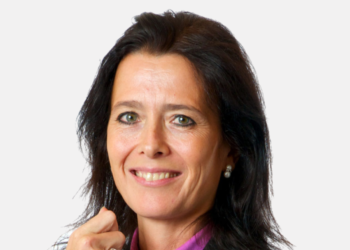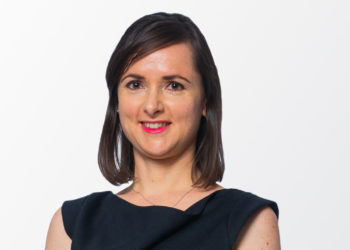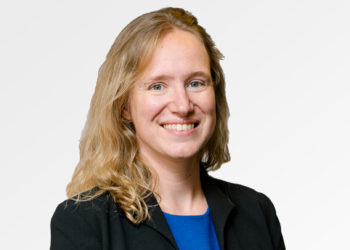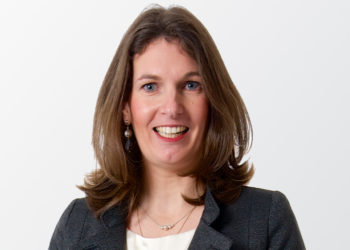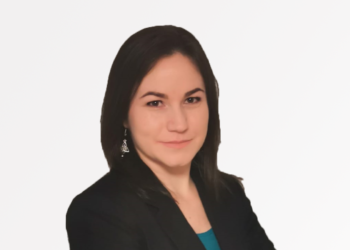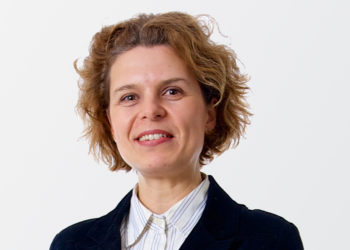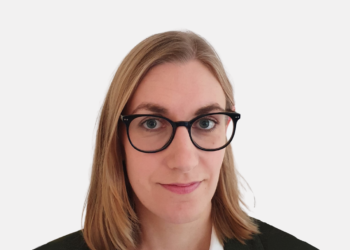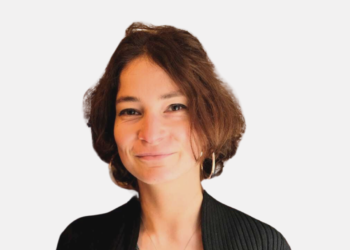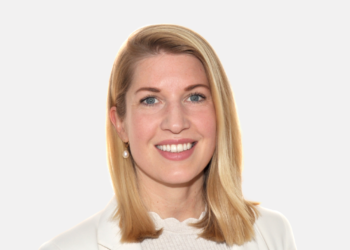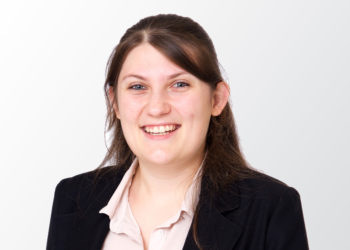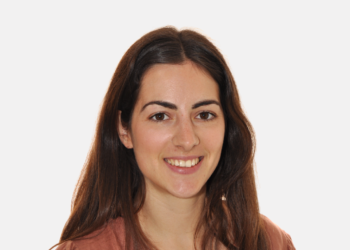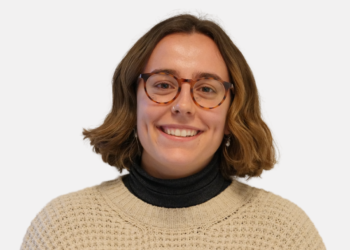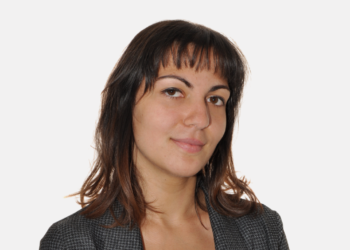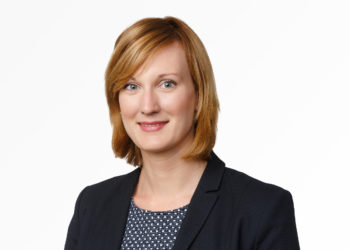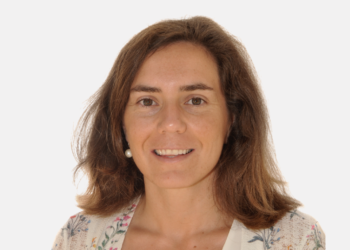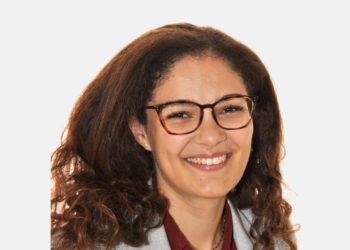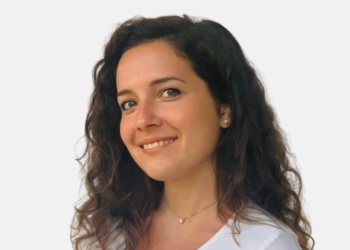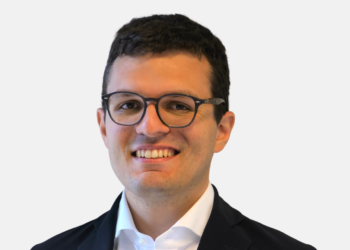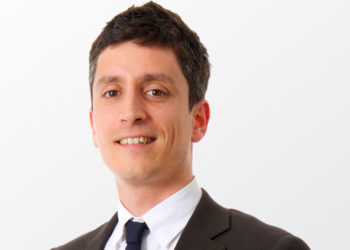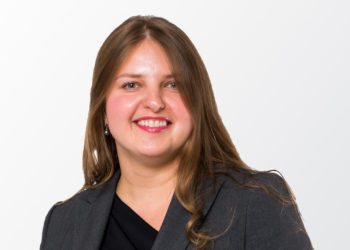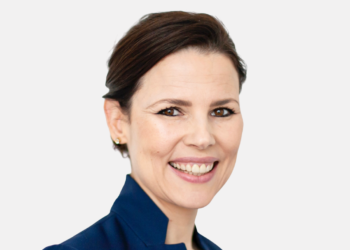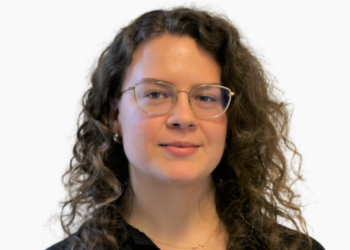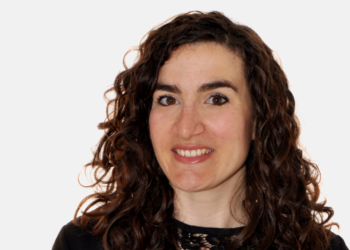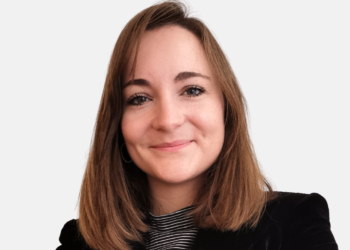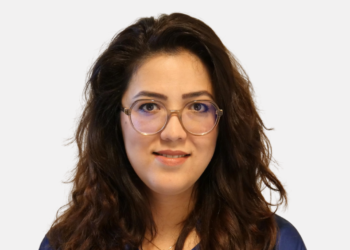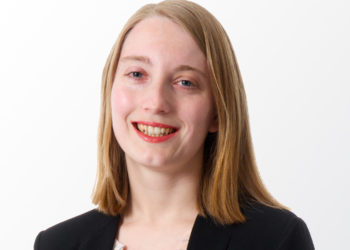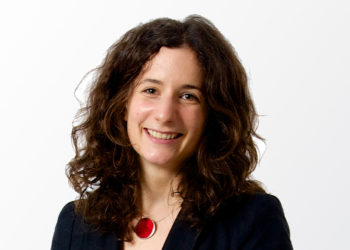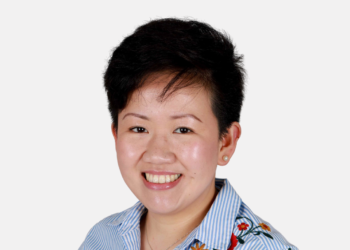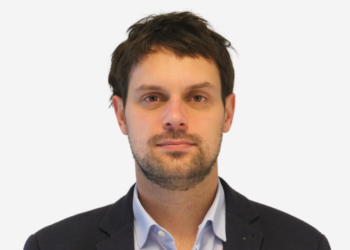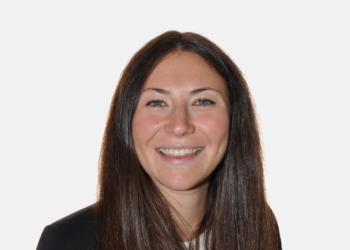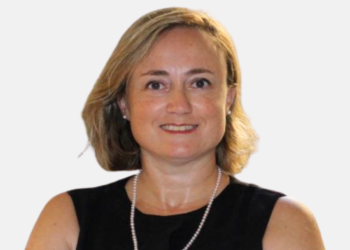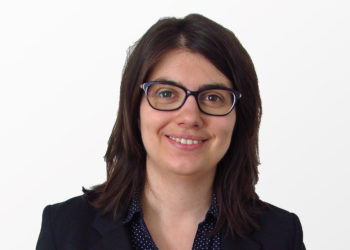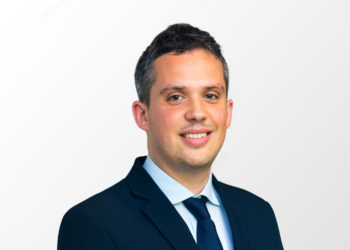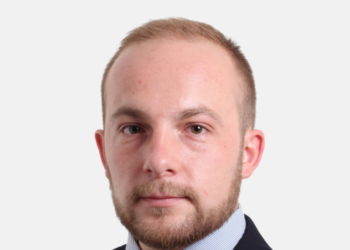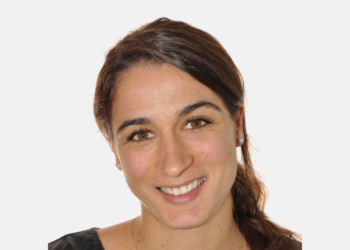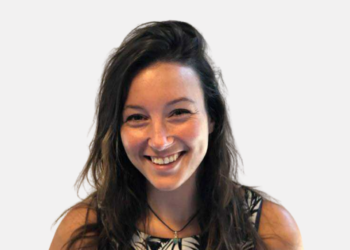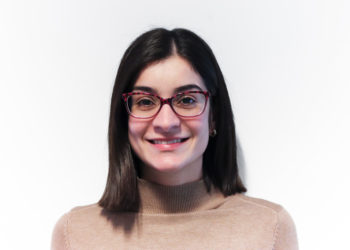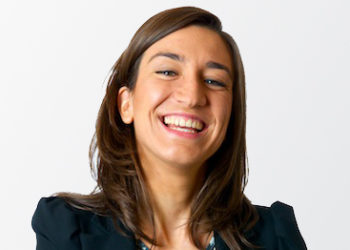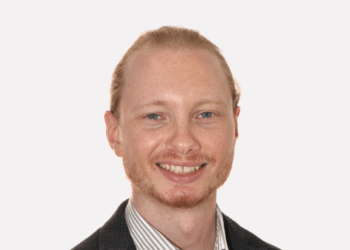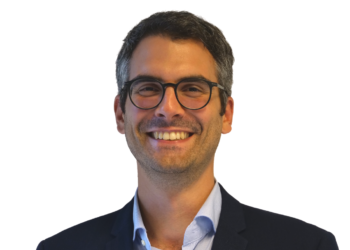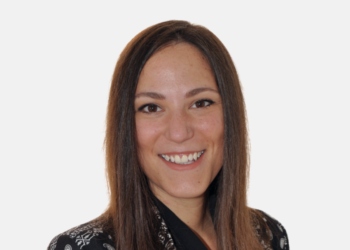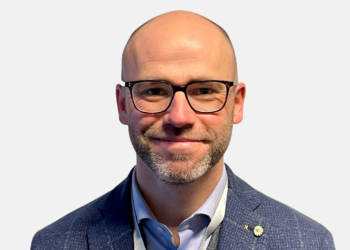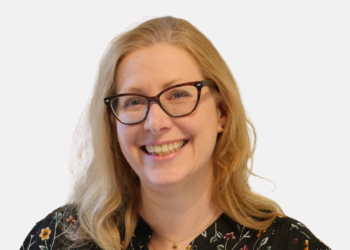Our Services

Compliance Assessment
High-quality output and maximum uniformity and comparability of analysis over all 28 Member States.
read more
Implementation & Enforcement
Review of policy implementation and enforcement, incl. expertise in access to justice, inspection requirements and methods, and legal sanctions.
read more
Analysis & Identification of Policy Options
Multi-disciplinary approach to policy analysis thanks to team of policy, legal and economic experts.
read more
Impact assessment of policy options
Multi-disciplinary approach to policy analysis thanks to team of policy, legal and economic experts.
read moreOur Team
Gretta Goldenman
Founder
Claire Dupont
Managing Director
Jennifer McGuinn
Director
Rachel Dempsey
Human Resources Director
Julie Degossely
Financial Manager
David Landais
Associate Senior Manager
Florent Pelsy
Associate Senior Manager
Katalin Adamis-Császár
Associate Senior Manager
Marta Ballesteros
Associate Senior Manager
Nathy Rass-Masson
Associate Senior Manager
Sophie Vancauwenbergh
Associate Senior Manager
Tony Zamparutti
Associate Senior Manager
Véronique Bruggeman
Associate Senior Manager
Ágnes Csonta
Senior Advisor
Agnieszka Markowska
Associate Advisor
Alicia McNeill
Associate Senior Advisor
Andrea Pazos
Policy Trainee
Anne Schmieman
Legal Trainee
Arianna Cantarelli
Researcher
Charlie Petracco
Senior Advisor
Caroline Beaujet
Advisor
Catherine Muller
Human Resources Coordinator
Chloe Fages
Advisor
Clara Viñuales
Advisor
Cristina Celaya Ferrer
Legal Trainee
Daniela Cinova
Associate Researcher
Ela Omersa
Senior Advisor
Fernando Beamud
Researcher
Filipa Homem
Senior Advisor
Flore Gustave
Analyst
Francesca Scappini
Event & Business Development Coordinator
Giovanni Carletti
Researcher
Gonçalo Moreira
Associate Manager
Imbory Thomas
Project & Resource Coordinator
Isa Vroom
Analyst
Julie Dorval
Associate Analyst
Julija Sproge
Associate Advisor
Katalin Dobiás
Associate Senior Advisor
Laura Sznajder
Researcher
Laura Vona
Analyst
Laurine Tertre
Analyst
Lina Panahy
Accounting and Payroll Coordinator
Lise Oulès
Advisor
Lucie Meura
Associate Advisor
Lucille Paltriguera
Advisor
Marco Paron Trivellato
Analyst
Margaux Truc
Researcher
Mariosa Vella Cardona
Senior Legal Advisor
Mariya Gancheva
Associate Senior Advisor
Massimo Marziali
Associate Advisor
Matthew Geraci
Analyst
Maxime Moulac
Advisor
Michael Ernst
Legal Trainee
Michela Gasperini
Analyst
Nicolas Gebhard
Legal Trainee
Olivia Aouati
Researcher
Panagiota Pavlou
Analyst
Paola Banfi
Senior Advisor
Per Lundberg
Analyst
Pietro Freguglia
Advisor
Raffaella D’Antonio
Associate Advisor
Richard Walsh
Senior Advisor
Shannon Bell Petra
Administrative Assistant
Sophie Patras
Researcher
Winona Vrancken
Administrator
